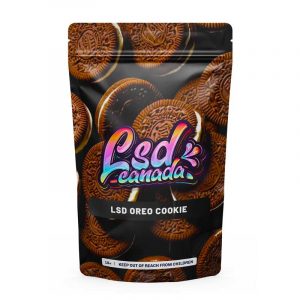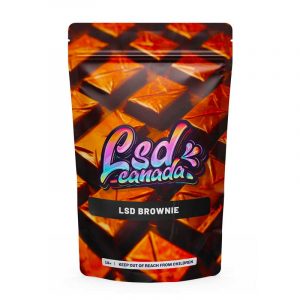LSD treats are edible products infused with lysergic acid diethylamide (LSD). They can come in the form of cookies, brownies, candies, chocolates, or other snacks, offering a discreet and tasty alternative to traditional blotters or tinctures.
How LSD Treats Work
When consumed, LSD in edible form is absorbed through the digestive system. The effects typically begin within 30–90 minutes, depending on metabolism, food intake, and dosage, and can last 8–12 hours.
Why People Choose LSD Treats
1. Discreet Consumption
They look and taste like regular snacks, making them less obvious than traditional LSD forms.
2. Enjoyable Flavors
Sweet or savory flavors mask the chemical taste of LSD, making consumption more pleasant.
3. Variety of Options
From chocolate chip cookies to fruit-flavored candies, LSD treats come in many forms for personal preference.
Potential Effects of LSD Treats
Positive Effects
-
Heightened sensory perception
-
Increased creativity and imagination
-
Altered sense of time and space
-
Deep emotional connection and introspection
Possible Side Effects
-
Anxiety or paranoia
-
Confusion or disorientation
-
Nausea (especially on an empty stomach)
-
Overstimulation
Safety Tips for LSD Treats
-
Start small – potency can vary between treats
-
Know your source – impurities or mislabeling can lead to unwanted effects
-
Choose a safe environment – surroundings influence the experience
-
Avoid mixing – other drugs or alcohol can intensify risks
Legal Status of LSD Treats
Even though they look like ordinary snacks, LSD treats contain a controlled substance in most countries. Possession, use, or sale is illegal in the US, UK, Canada, and many other regions, carrying serious legal consequences.
Final Thoughts
LSD treats combine the psychedelic effects of LSD with the enjoyment of food. They’re discreet, flavorful, and varied—but also potent and legally restricted. Anyone considering their use should be aware of the risks, dosage, and legal implications.




